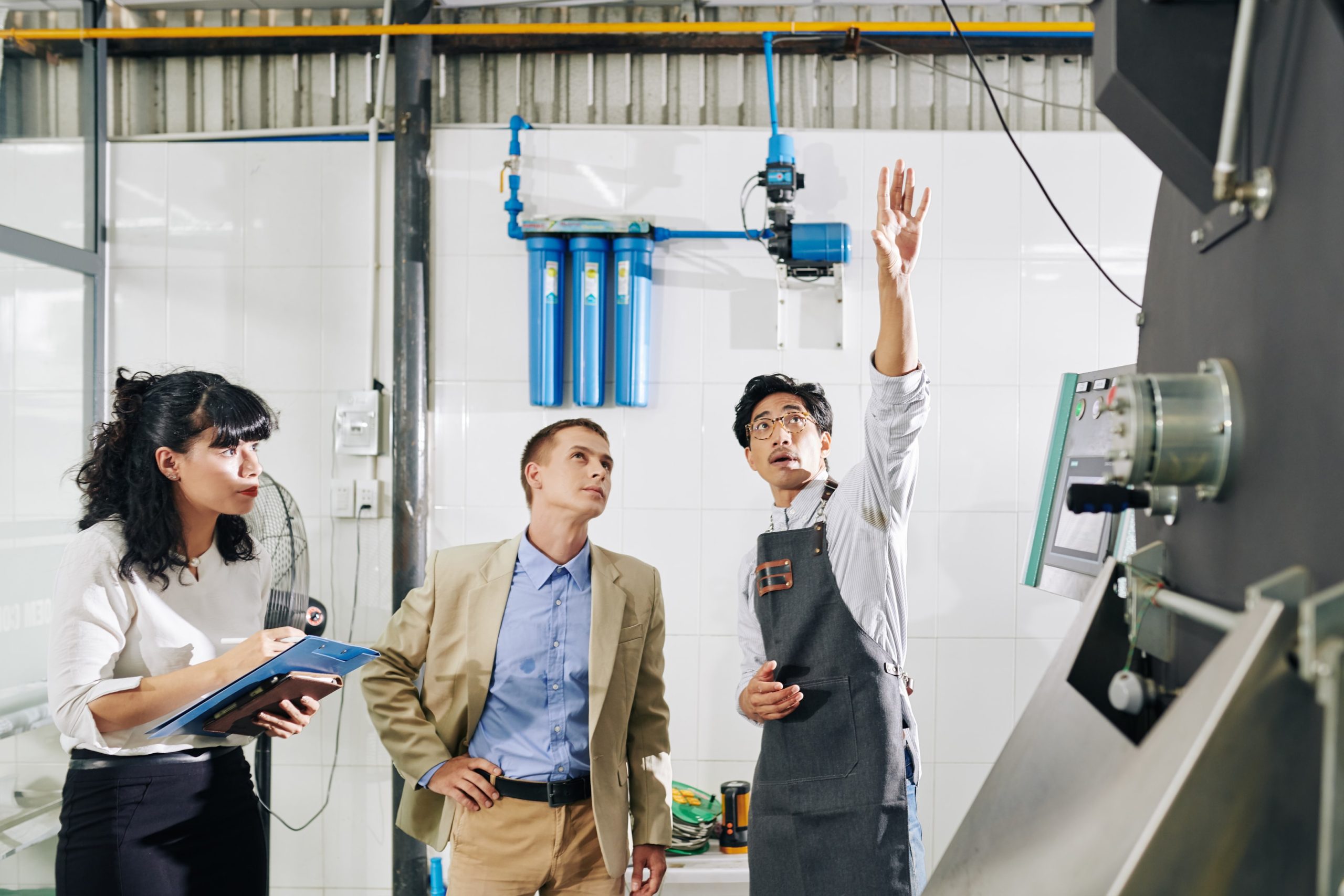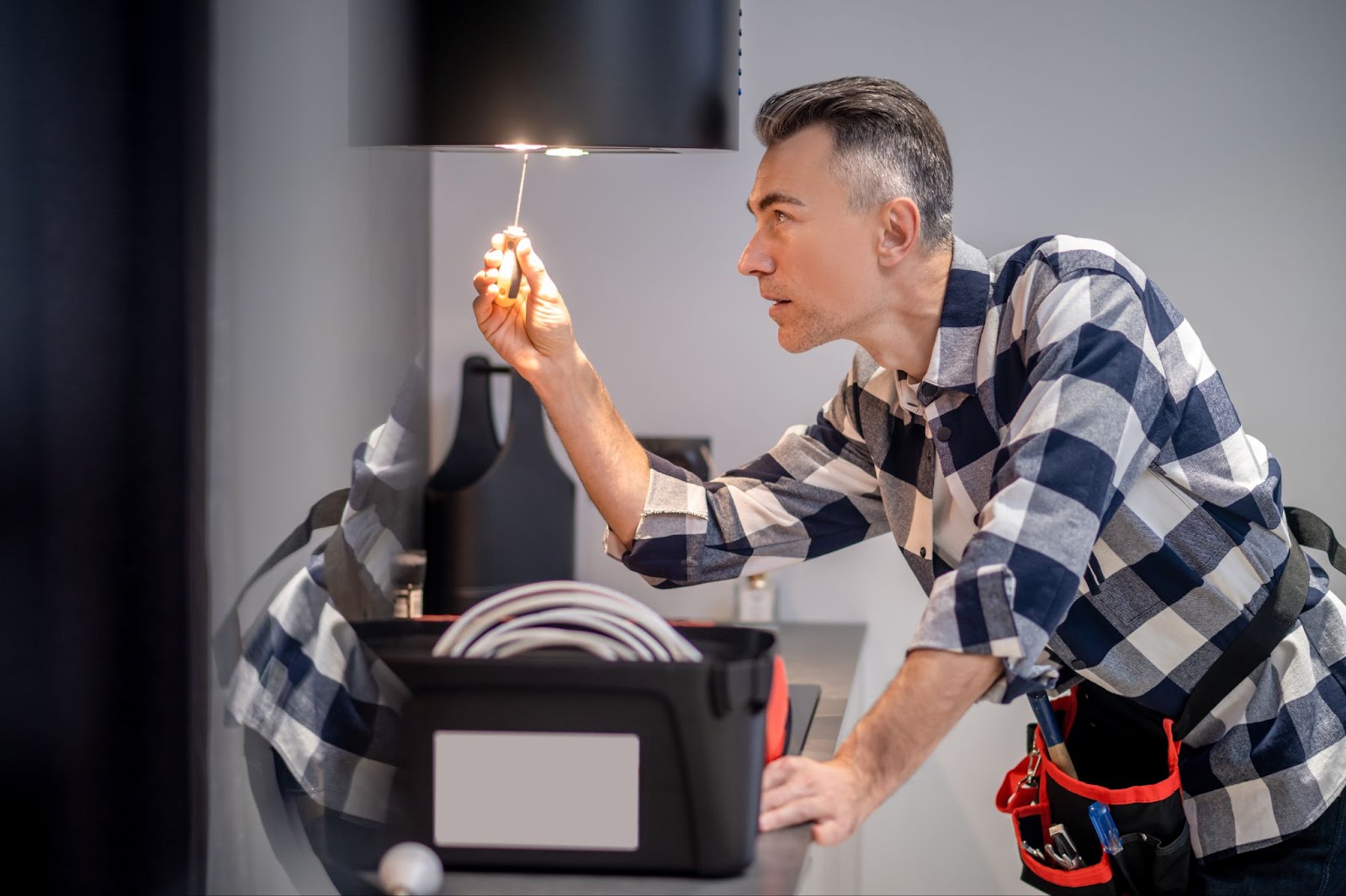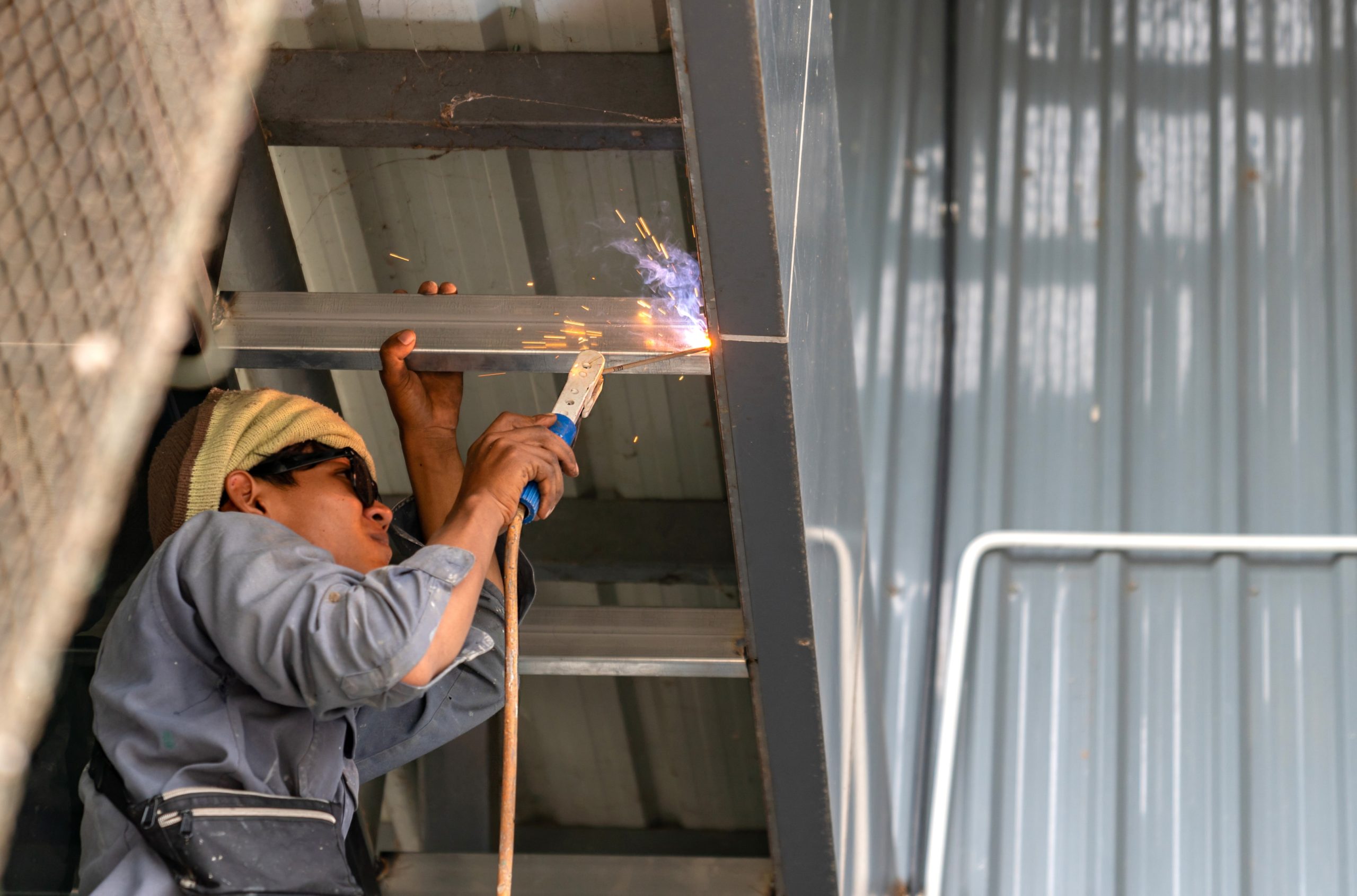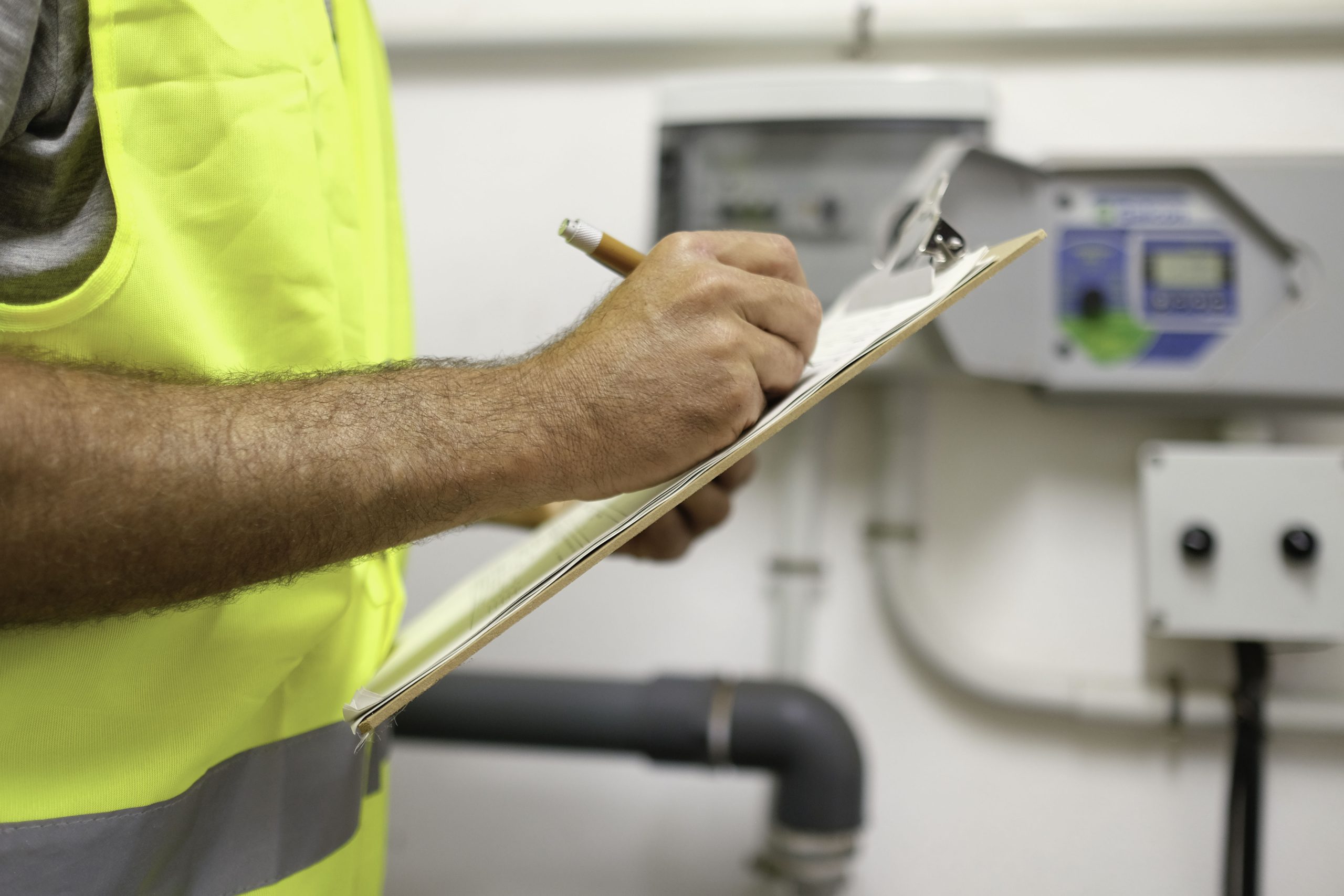Preventive maintenance keeps facilities running without unexpected breakdowns. Waiting for equipment to fail leads to unnecessary downtime, expensive repairs, and operational disruptions. A proactive maintenance plan helps prevent failures, extend asset life, and control costs.
If you’re new to facility maintenance, planning preventive maintenance tasks might seem complicated. Where do you start? How often should you schedule maintenance? What systems need regular inspections?
With a structured approach, you can schedule routine inspections, reduce unexpected repairs, and keep essential systems like HVAC, plumbing, and electrical working efficiently. This guide explains everything you need to know to set up a facilities preventive maintenance program that keeps your facility reliable and cost-effective.
What Is Facilities Preventive Maintenance and Why Is It Important?
Facilities preventive maintenance keeps equipment and building systems working before they break down. Instead of waiting for an HVAC unit to fail or a pipe to burst, maintenance teams follow a schedule to inspect, clean, and repair assets before they cause problems.
This same maintenance strategy cuts down on unexpected repairs, keeps operations running, and saves money in the long run.
Preventive maintenance isn’t the same as reactive maintenance, where you fix something only after it breaks. It’s also not as high-tech as predictive maintenance, which uses data and sensors to detect problems early. Preventive maintenance sits in the middle. It’s planned, consistent, and doesn’t require advanced technology to be effective.
With a solid plan, you can keep HVAC systems running efficiently, avoid plumbing disasters, and prevent electrical issues before they become safety hazards.
Whether you manage one building or multiple locations, preventive maintenance helps you avoid last-minute emergencies and keep everything working the way it should.
The Biggest Benefits of Preventive Maintenance for Facilities
Preventive maintenance drastically reduces unexpected failures, extends equipment life, and helps control maintenance costs by keeping facilities running without unnecessary disruptions. Instead of reacting to problems, you can stay ahead of them with routine upkeep.
Boost Equipment Efficiency and Reduce Energy Costs
Equipment that isn’t maintained wastes energy. A dirty air filter forces an HVAC system to work harder, driving up energy costs. Loose electrical connections reduce efficiency, adding to unnecessary waste. Small inefficiencies add up quickly, leading to higher utility bills and unexpected breakdowns.
When equipment fails, production grinds to a halt, delaying deadlines and frustrating customers. Employees sit idle, waiting for repairs, while technical staff scrambles to fix the issue—sometimes requiring overtime or outsourced professionals if internal resources are unavailable. Emergency parts must be shipped at premium costs, further increasing expenses.
Preventive maintenance minimizes these risks by keeping systems in top shape, reducing wasted energy, avoiding costly downtime, and ensuring smooth, cost-effective operations over time.
Prevent Equipment Failures Before They Happen
Breakdowns don’t happen out of nowhere. Worn-out parts, clogged filters, and loose connections build up over time. Ignoring these small issues leads to major failures that disrupt operations.
Routine inspections and minor repairs keep HVAC systems, plumbing, and electrical equipment running longer and more reliably.
Reduce Repair and Replacement Expenses
Emergency repairs are expensive because they’re unplanned. A broken system often requires urgent service, which comes at a higher cost. Replacing equipment too soon is just as costly. Preventive asset maintenance reduces the need for major repairs and early replacements.
Minimize Downtime and Keep Operations Running
When equipment fails, operations slow down or stop completely. Regular maintenance helps prevent these costly disruptions and ensures critical systems function when needed. Without proper upkeep:
- A broken HVAC system can make a building unusable.
- Plumbing issues can put restrooms out of service.
- Essential equipment may fail at the worst possible time, delaying work and frustrating employees.
Improve Safety and Stay Compliant
Lack of maintenance creates safety hazards and compliance risks. Routine inspections and repairs help facilities avoid dangerous conditions. Consider the risks of skipping maintenance:
- Faulty wiring increases the chance of electrical fires.
- Blocked ventilation reduces air quality, creating health concerns.
- Leaky pipes cause water damage and promote mold growth.
- Small issues left unchecked can turn into costly repairs or code violations.
Proactive maintenance keeps buildings safe, prevents regulatory penalties, and reduces the chance of unexpected failures.

How to Create an Effective Preventive Maintenance Program
Structured preventive maintenance strategies prevent breakdowns, extend equipment life, and keep facilities running efficiently. The key is knowing what to maintain, when to schedule service, and how to stay organized.
Whether you manage one building or multiple locations, these steps will help you create a preventive maintenance strategy that works.
Step 1: Identify Critical Assets
List all essential equipment and systems in the facility. HVAC units, plumbing, electrical panels, elevators, fire alarms, and refrigeration systems all need routine maintenance.
If a failure would disrupt operations, create a safety hazard, or require expensive repairs, add it to the maintenance schedule. Critical equipment like HVAC systems and electrical infrastructure require extra attention, as failures in these systems impact the entire facility.
A full facility audit can help catch overlooked areas. If time or resources are limited, Trillium Facility Solutions provides access to a nationwide network of service providers who can handle every aspect of facility maintenance, ensuring no critical assets go unchecked.
Schedule a demo now to see how the platform works.
Step 2: Create a Preventive Maintenance Schedule
Determine how often each system needs service. Some equipment needs weekly attention, while others only require maintenance a few times a year. Following manufacturer guidelines and reviewing past service records will help establish the right intervals.
- Monthly: Replace HVAC filters, check the plumbing for leaks, and test emergency lighting.
- Quarterly: Inspect electrical systems, clean HVAC coils, and service elevators.
- Annually: Perform deep system inspections, clean major components, and check fire safety systems.
Facility management software, such as Trillium’s work order platform, tracks service history to prevent missed maintenance tasks.
Step 3: Standardize Maintenance Tasks
Every maintenance task should include clear, step-by-step instructions. Instead of saying, “Inspect HVAC,” be specific. A detailed preventive maintenance checklist ensures that maintenance teams know exactly what to do.
Standardizing tasks reduces errors and keeps everything in peak condition. Air handling unit maintenance, for example, should include cleaning filters, inspecting ductwork, and ensuring optimal airflow.
Step 4: Assign Responsibilities and Train Staff
Assign specific maintenance tasks to team members, facility managers, or service providers. Without clear accountability, important maintenance can be overlooked. Provide training so staff knows how to complete tasks correctly and spot potential issues early.
For facilities without a dedicated team, outsourcing simplifies maintenance. Maintenance technicians with specialized training can handle routine service, inspections, and repairs, ensuring facilities remain operational.
Step 5: Use Technology to Stay Organized
Manually tracking maintenance schedules wastes time. Maintenance management software stores service records, schedules maintenance, and submits work orders in one place. A digital system keeps everything organized and prevents missed maintenance tasks. Implementing recurring maintenance schedules reduces the risk of unexpected failures.
Looking for an easier way to manage preventive maintenance? Contact Trillium to get started.
Common Preventive Maintenance Tasks Every Facility Needs
Preventive maintenance keeps facilities running by preventing small issues from turning into major repairs. Every building relies on HVAC systems, plumbing, electrical components, and fire safety equipment to function properly. Regular maintenance keeps these systems working, reduces repair costs, and prevents downtime.
Here’s what every facility should focus on when performing preventive maintenance tasks.
HVAC System Maintenance
HVAC systems run year-round, making them one of the most important systems to maintain. Dust buildup, refrigerant leaks, and clogged filters force units to work harder, driving up energy costs and increasing the risk of failure.
Follow these instructions to maintain HVAC systems:
- Replace air filters monthly to keep airflow clean and efficient
- Clean evaporator and condenser coils every three months to prevent overworking the system
- Check refrigerant levels to avoid cooling issues
- Calibrate thermostats for proper temperature control
- Schedule professional inspections twice a year to catch hidden problems
Skipping HVAC maintenance leads to higher utility bills, unexpected failures, and expensive emergency repairs. Keeping up with routine maintenance keeps systems running efficiently.
Plumbing System Inspections
Leaks, clogged drains, and pressure issues can quickly turn into expensive water damage if left unchecked. Regular plumbing maintenance ensures everything flows as it should.
Here are ways to keep plumbing systems in good shape:
- Inspect pipes monthly for leaks, corrosion, and mineral buildup.
- Test water pressure regularly.
- Flush water heaters every six months.
- Check toilets and sinks for slow drainage.
- Insulate exposed pipes before winter.
Taking care of plumbing systems prevents water waste, reduces repair costs, and extends the life of essential infrastructure.
Electrical System Checks
Electrical problems don’t just disrupt operations. They create serious fire hazards. Loose wiring, faulty circuits, and power surges increase the risk of equipment damage and outages. Regular inspections help prevent electrical failures.
Follow these steps to keep electrical systems safe and reliable:
- Inspect wiring for fraying, loose connections, and overheating.
- Test emergency lighting and backup power systems monthly.
- Check circuit breakers and electrical panels for signs of wear.
- Remove dust and debris from electrical equipment.
- Schedule an annual electrical safety inspection.
Regular electrical maintenance reduces fire hazards, prevents power outages, and extends the lifespan of critical systems.
Build Exterior and Roofing Maintenance
A facility’s exterior protects everything inside. Roof leaks, foundation cracks, and drainage issues lead to costly repairs and structural damage. Routine inspections keep the building in good condition and prevent weather-related wear and tear.
Here are some key tasks for maintaining the building exterior:
- Inspect the roof every season for leaks, missing shingles, or pooling water
- Clean gutters and downspouts quarterly
- Check the foundation for cracks or moisture damage
- Replace caulking and weather stripping around windows and doors
- Power wash exterior surfaces once a year
Staying on top of exterior maintenance protects the facility from weather damage and keeps the structure in good shape.
Fire Safety and Emergency System Checks
Fire prevention systems must work at all times. If an emergency happens, faulty alarms or sprinklers put people at risk. Routine inspections verify that everything operates as required.
Carry out these best practices for fire safety maintenance:
- Test fire alarms and smoke detectors every month.
- Inspect fire extinguishers for expiration dates and proper pressure levels.
- Check sprinkler systems for leaks, blockages, or corrosion.
- Keep emergency exits clear and accessible.
- Schedule a full fire safety inspection annually.
Fire safety maintenance protects lives and prevents catastrophic damage.
Parking Lot and Sidewalk Upkeep
A neglected parking lot creates safety hazards and reduces curb appeal. Cracks, potholes, and poor lighting make facilities less welcoming and increase liability risks.
Follow these tips to maintain parking lots and sidewalks:
- Fill potholes and repair cracks as soon as they appear
- Repaint parking lines and pedestrian walkways
- Inspect outdoor lighting monthly
- Remove debris, snow, and ice immediately
- Clean storm drains to prevent flooding
Keeping parking lots in good condition improves safety, reduces liability risks, and enhances the facility’s overall appearance.
Keep Preventive Maintenance Simple and Effective With Trillium
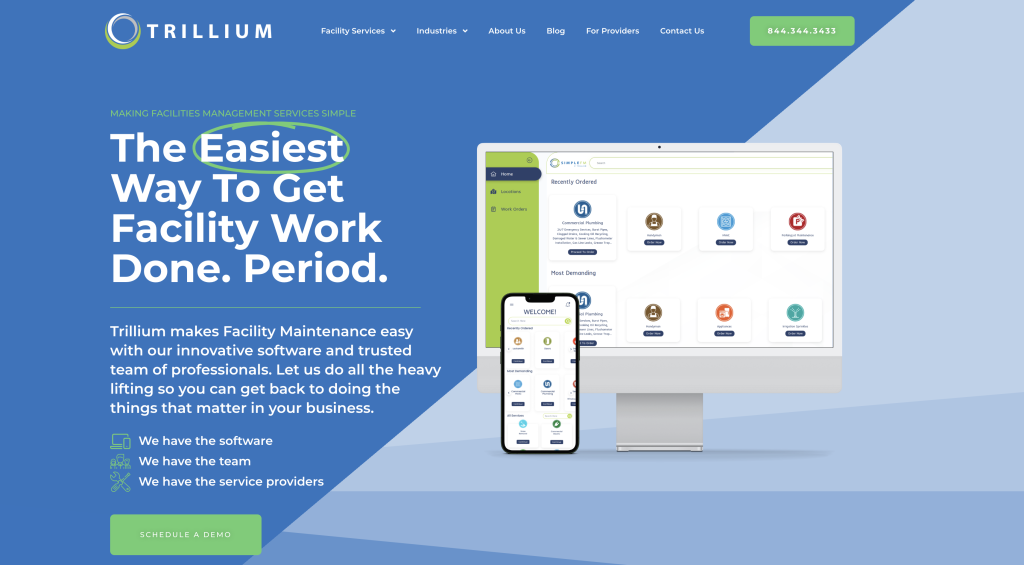
Managing maintenance doesn’t have to be complicated or expensive. Traditional facilities management comes with large markups and fees. Trillium offers a flexible solution with no extra costs.
Instead of paying for full-time on-site staff, facilities can order services only when needed. There are no long-term contracts, no minimum order requirements, and no commitments. Get reliable service when it’s needed.
Preventive maintenance saves money, extends equipment life, and prevents last-minute emergencies. Trillium provides 24/7 access to a nationwide network of service providers, ensuring facilities stay operational without unnecessary costs.
The solution is free, with no fees or markups. Set up a free demo or contact us to schedule preventive maintenance services today.
FAQs About Facilities Preventive Maintenance
What are the 4 types of preventive maintenance?
The four types of preventive maintenance are time-based, metric-based, predictive, and condition-based. Time-based tasks follow set schedules, while metric-based tasks depend on usage metrics like machine hours. Predictive maintenance uses technology to forecast needs, and condition-based maintenance monitors equipment in real time to decide when servicing is required.
What are the 7 basic preventive maintenance elements?
The seven elements of preventive maintenance are inspection, detection, correction, prevention, lubrication, calibration, and documentation. Inspection checks for wear or damage, while detection identifies early warning signs. Correction fixes minor issues before they escalate, and prevention strengthens equipment to avoid future failures.
Lubrication keeps moving parts running smoothly, and calibration maintains accuracy and efficiency. Documentation tracks all maintenance activities for compliance and future planning.
What is a PM in facilities?
PM, or preventive maintenance, refers to scheduled inspections, servicing, and repairs that keep facility equipment and systems operational. It includes routine maintenance on HVAC, plumbing, electrical, and safety systems to prevent unexpected failures.
What is included in a PM service?
A preventive maintenance service typically covers HVAC maintenance, such as filter replacements, coil cleaning, and system inspections. Plumbing checks include leak detection, pipe inspections, and water heater servicing. Electrical system maintenance involves inspecting wiring, circuit breakers, and backup power sources.
Fire safety inspections test alarms, sprinklers, and emergency lighting. Structural maintenance covers roof inspections, exterior repairs, and parking lot upkeep.

